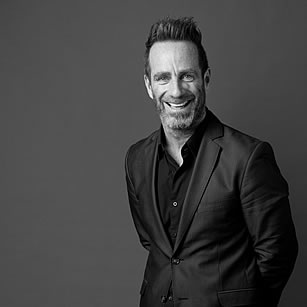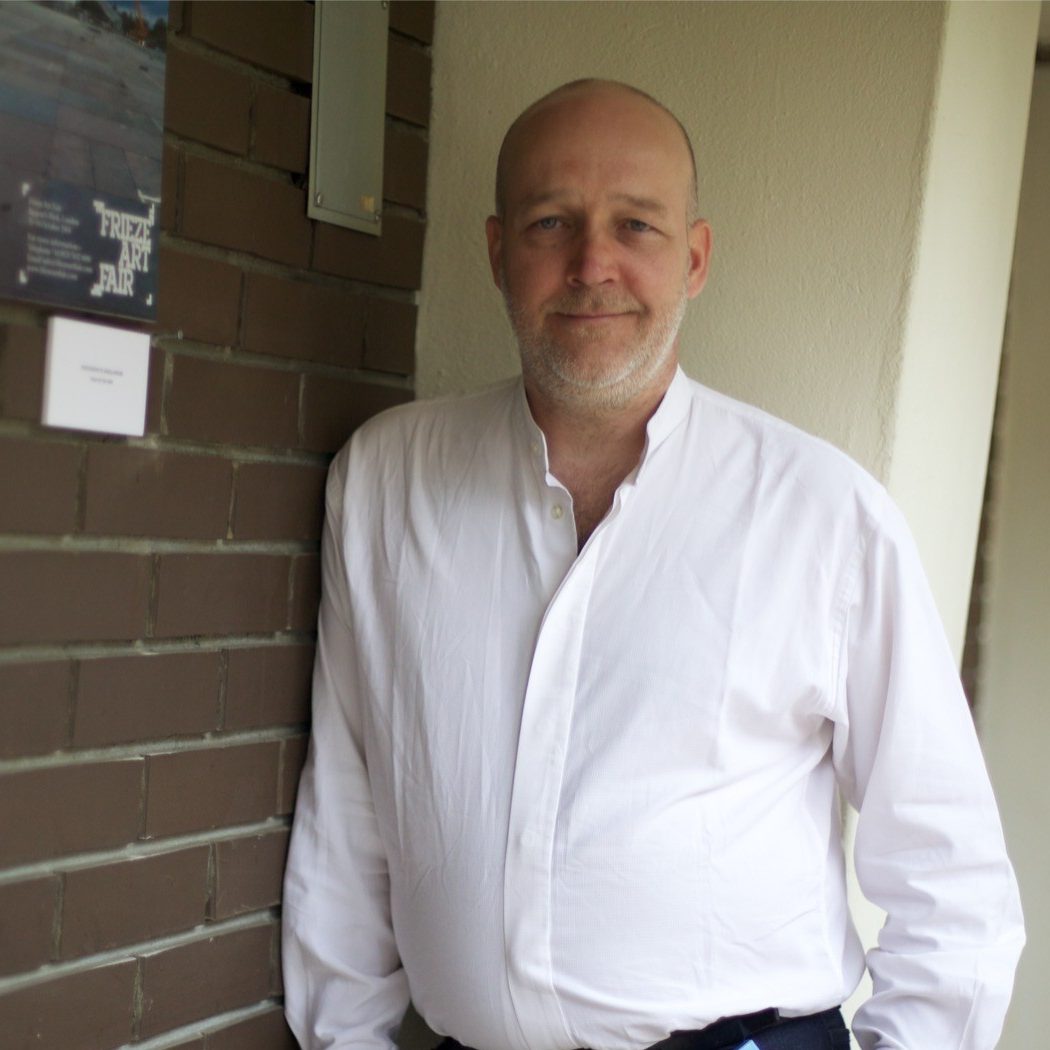
INTERVIEW WITH MICHEL ROJKIND-DIZAJN PARK MAGAZINE
Lecture
„I talked about the way we understand design, how we pay attention to things, how we select the things that we see and how we adapt them to make design…How we question briefs that clients give us and make them a little bit better, how we come back and add value to original ideas and make them more integrated to cities, so that they have an equal level of importance to all the people living around a building“.
Research approach
„When we start working on a project, first, of course, the client comes in and gives us a brief, but sometimes we see the brief and realize that it’s not enough. So, we do some research, thinking about the social opportunity and other economic issues, we work with the client in a sense that, Ok – he wants to do business – but there are other factors that are important. One person may be paying for the project, but a project is going to be there for a lot of different people, not only for the person paying for it. That’s why I think that the idea of sharing responsibility is important to understand how design can have better impact.
Social innovation
“We try to understand how to design, also in terms of public policies and other things that are not just physical design: design also means building ideas, interacting and bringing people together in order to make things happen. That’s when social responsibility comes into play. It becomes a kind of shared value for everybody. It cannot be just isolated buildings – buildings connect to cities. Even if it’s a private client, he has to understand that his building affects other people. So we are sharing that responsibility with him. We need to understand him as a client, and he needs to understand that the people will be happier if there is a beautiful building that really connects to the city“.
Heritage and creativity
„I think it’s important to understand where you’re working. You can’t just come to a foreign country and do your work, you have to come in and understand the local context, understand the environment, the manufacturing companies and how you can build with local workers…You can bring your concept and your ideas, but when working in a certain place, a certain city, you need to understand what is the best mix of both worlds: your ideas with the local craft, and local understanding of how communities experience cities“.
Spaces for things to happen
„Our project for the National Film Archive: it’s a complex project, it’s not even finished – because we designed it for the previous president, and he left term – but even though it’s incomplete, it’s open to the public, it provides a public space. Everything that happens around these gardens and public spaces that we provided because film or film theatres exist is great. When you see that people occupy whatever you do, and you make a space for things to happen, and it happens, that’s great, because it’s not just some project neurotically planned by an architect, it’s a space for things to happen. Even things you can’t anticipate”.
Brand new world
„I think a brand new world is the world that has better understanding of experiences. Before, architects would plan buildings for the next 40 or 50 years. Now, we are chasing society, society is growing faster than the buildings themselves, so we are trying to understand and catch up on how society is interacting with technology, with other people, how they experience cities, not only in terms of mobility and public transportation, but in terms of occupying spaces. In this new world we have to be paying attention all the time. As architects, we experiment and plan, make spaces for people to occupy, and then when we see how they occupy them, we learn and we can plan new buildings or new experiences. They will be used and occupied by people in ways we don’t expect. That is the biggest compliment for any architect.
Old & New – Staklopan
„Reuse of buildings is a necessity. It is something we need to do. When people say: oh, it’s an old building, tear it down – let’s do something new, I think they are missing the opportunity to understand how we can reuse a structure or a building. It would be like getting rid of the old people, come on! I mean, they have experience! This contrast of old and new always helps us in a great way. In architecture, the outcomes depend on how it’s done, and that can be beautiful, no? There are some buildings that are more difficult to adapt to serve the new needs, but generally I think the reuse of these structures, like this Belgrade factory, is a great idea“.
Trackback from your site.
